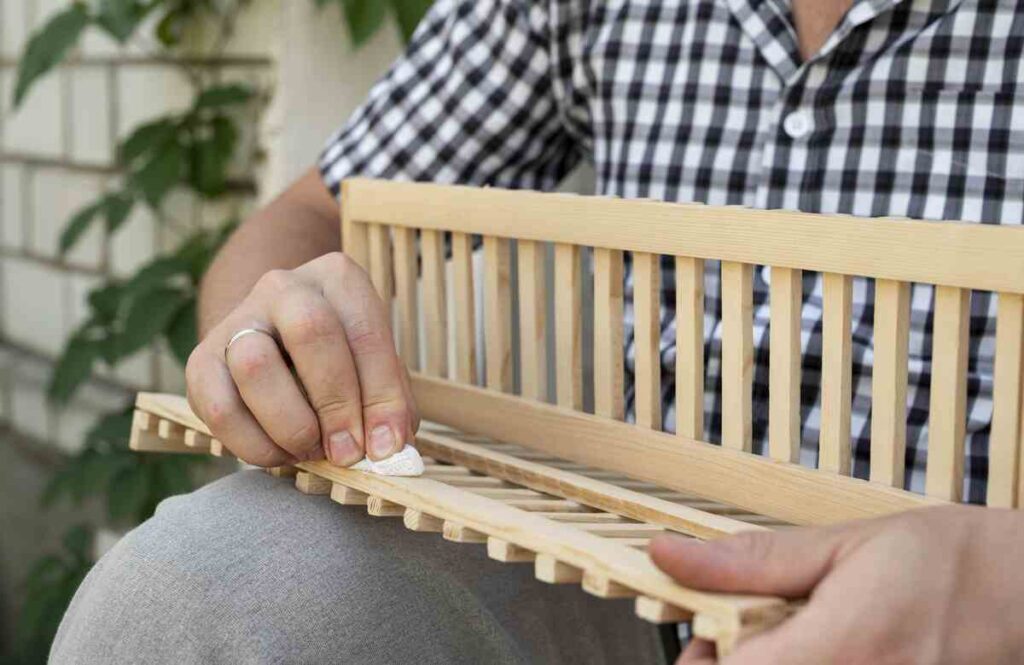Introduction
Cribbage Rules for 2:Cribbage is a traditional played card game. Which characterized with the distinct scoring method different from other card games. Cribbage is a card game that dates back to the early seventeenth century and has continued. To hold game enthusiasts’ attention because of the design’s flexibility, allowing any level of gamer based on strategy and luck. Some of the characteristics that set the game apart from the others are. The pegging board and the two part scoring system, which ensures that the game is actually challenging as well as fun.
Another game which can be played is cribbage which is a card game. Whereby players are required to gain. As many points as possible with aim of getting as close to 121 as possible. It divides into four parts: dealing, discarding, pegging and counting where each comes with its own opportunities and risks.
Objective of Cribbage
The objective of Cribbage is simple yet strategic: These rules indicate that the first player who takes all of seven balls and scores 121 points becomes the winner. Players accomplish this in the game through eventuating proper combinations of cards during two basic stages of the play. Which include the play stage and the count stage. A cribbage includes pairs, runs and fifteen along with other combinations which are recorded on cribbage board by use of pegs. Cribbage, at first glance, may appear like a game of chance. Because the cards dealt reflect who will win. However this game involves a lot of strategy when one is playing his/her cards.
Materials Needed: Cribbage Rules for 2:
To play cribbage, you’ll need a few simple materials:To play cribbage, you’ll need a few simple materials:
- A standard 52-card deck: There are no cards in cribbage called jokers.
- A cribbage board: It is a board normally with 121 holes per player that are employed to document counts of the victory.
Setting Up the Game: Cribbage Rules for 2:
Setting up the game of Cribbage involves a few straightforward steps:Setting up the game of Cribbage involves a few straightforward steps:
- Select the Dealer: In order to decide who among two players starts, both players ‘bust’ the deck and the one receives the lower card becomes a dealer. The role of the dealer is played by the players in turns and the change occurs after every round.
- Shuffle and Deal the Cards: The dealer then take the deck and shuffle them before giving six cards to each individual player. Once the cards are distributed, both players must select two of these cards to include in the crib. Which is another hand which the dealer uses as an opportunity to get some scores.
- Cut for the Starter Card: When the crib is in place, it is the turn of the non-dealer to cut the deck, while the dealer turns over the top card; the starter card. This card is significant in play and counting as it may offer scores. As when counting, they form a part of the game.
The Crib: Cribbage Rules for 2:

Crib is, in fact, a particular and unexceptional part of the game of. Cribbage and it has its importance in the game. In fact, it is the second hand of cards that can be worked by only dealer but both players are involved in it.
Here’s how it works:
- Building the Crib: Cribbage begins after what both the players have been dealt six cards and then each player must drop a pair of cards to become four cards in the crib. These are shuffled, placed face down and are not played in the course of the play phase.
- Scoring the Crib: Once the play phase is through and both contestant has totalled the points from his hand. The dealer shows the crib and counts the various combinations in it just like any ordinary hand. The ways of obtaining good scores are pairs, fifteens, runs and flushes. If the card which has been revealed at the begin is belonging. To the same rank as the cards that are being collected.
Card Ranking and Values
The values of the cards in cribbage are simple:The values of the cards in cribbage are simple:
- They have 1 point each, Intermediate are worth 2 points They have 2 points each and Wolves are worth 3 points They have 3 points each.
- Number cards have their face value and so a two is equal to two points while a seven is equal to seven points.
- Instead Kings, Queens, and Jacks are equal to 10 points.The name of the game is The Queen of Spades.
The Play Phase: Cribbage Rules for 2:
Play phase is where the two players play the cribbage by turn, every time putting one card on the table, the winner shedding the card the total sum of which yields many points. This phase is based on speed and with strategy as players attempt. To get as many scores as possible before the total of the cards hit 31.
Here’s how the play phase unfolds:Here’s how the play phase unfolds:
- Starting the Play: The non-dealer starts by putting down one card and declares its position (such as “7”). The next play follows the same procedure as the dealer, and one of the cards of the dealer is laid down thus bringing the total to 12 in case the dealer placed 5. Players go on trading their turn flipping the value of the card while adding it to the total sum.
- The Goal: During this phase the focus is to produce specific matches. With the overall sum of value below thirty one. This means a player can only case a card where he/she is able to do so without getting a total of 31. If the player cannot play a card without going to 31, he/she says “Go,” and it is the turn of the other player to continue but without getting to 31.
Scoring Points in Cribbage
There are multiple ways to score in cribbage:There are multiple ways to score in cribbage:
- Pairs: Two people get 2 points.
- Runs: Taking 4 of them and then 5 and then 6 or any other is given according to. The number of points in the sequence and with each five cards or multiple of five the person gains a bonus.
- Fifteen: If any two cards added together equals fifteen they receive two points each.
- Flush: The cards known as ‘Flush’ wherein all the cards in the hand belong to the same suit, is 4 points.
Pegging on the Cribbage Board: Cribbage Rules for 2:

Used in this Cribbage, pegging on the Cribbage Board is the way by which players record their scores. The board in which are located the holes arranged in rows is one of the significant components of the game. Every player uses two pegs and. During the course of the game, ‘pegs’ or moves in advance along the play board.
Here’s how pegging works:
- The Cribbage Board Layout: The board features round holes each estimating to 2 points and arrays in rows. The board also features 120 holes for each participant and an additional hole for the finish that estimates 121 points. Every player employs a pair of pegs in the games in order to record their scores. While one peg demonstrates the player’s current score, the other peg illustrates the player’s score prior to his or her turn in order. To enable both players observe the amount of points that were earned on a turn basis with an easy method.
- Pegging Points: During the game, there is an opportunity for the players to gain points. During the play phase or counting phase and every point scored results. To the peg being moved to the front by that particular number of points they had scored.
Conclusion
Cribbage in my opinion is a very interesting game which involves the elements of strategy, skill and chance and thus it is played by many. This is important for any player who would wish to master the overall fundamentals of the game. Including the nature of the set up and counting of hands and pegging. Because of the existence of the play phase, the crib, and the pegging process. There are several ways that the game could be won and this is an interesting feature to the game to avoid monotony.
Remember that, it is the cards that you get which are half luck. But the discarding skills, pegging skill, & counting skill make the whole luck & skill game. Cribbage also presents the capability to develop gameplaying ability. Whether the player is a novice or an expert and also can be used to spend time to challenge other players.











Leave a Reply